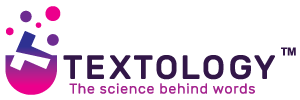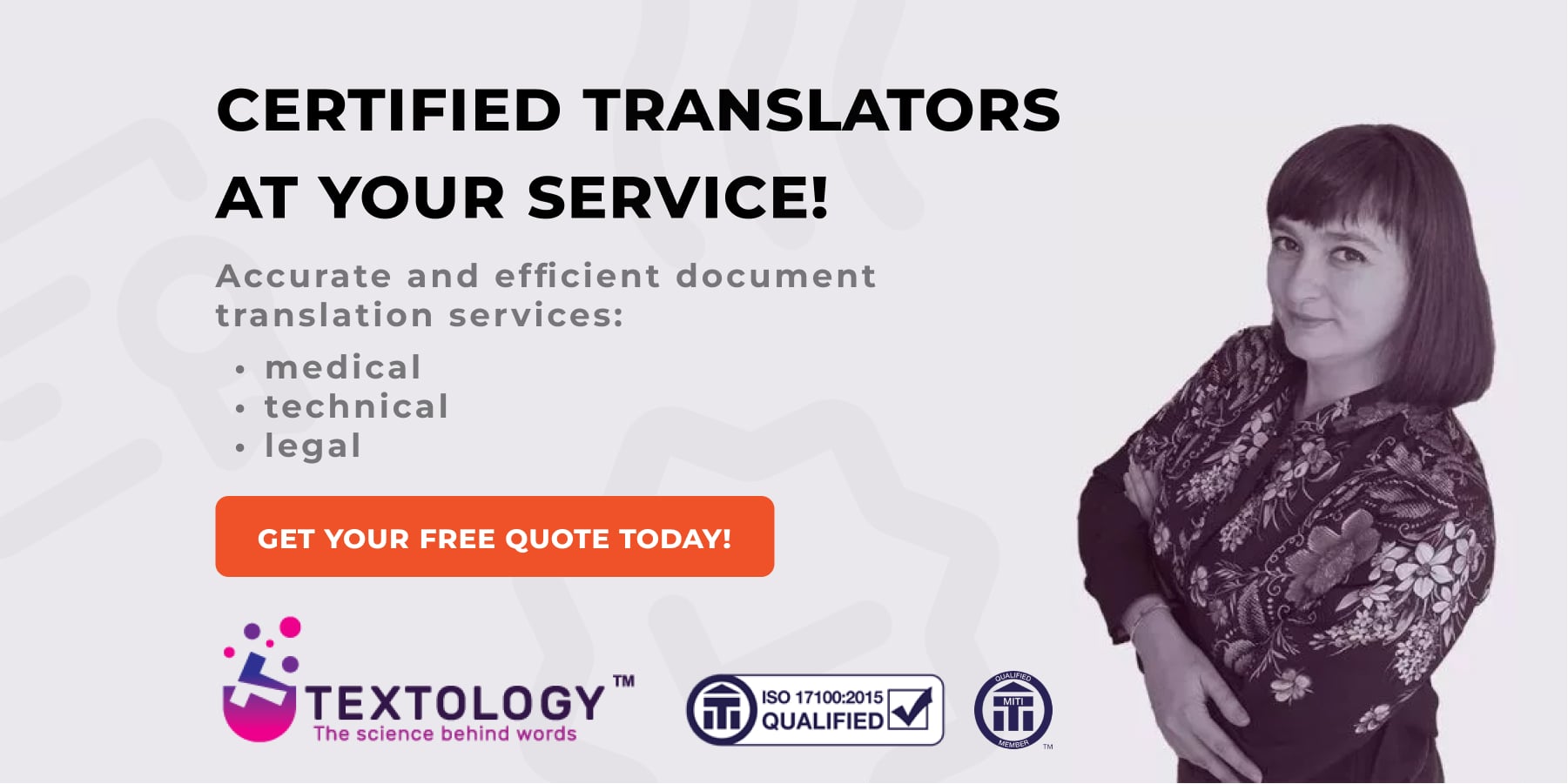
Translation can be a tricky and time-consuming process. Fortunately, there are many tools that can make it easier. One of them is translation memory. How does it work and why do you need it? That’s what we’ll talk about below.
What is a translation memory?
Generally speaking, a translation memory is a type of database used for storing previously translated “segments” – e.g. paragraphs, sentences or sentence-like units (titles, headings or lists’ elements). TM doesn’t operate on individual words because of different contexts in different translations – single words are handled by terminology bases. Source texts and their corresponding translations are stored in TMs as language pairs called “translation units”. Translation memory stores all previous translations and can be used to speed up the translation process for all present and future translations. This means that optimal translation memory management can save hours of work and a lot of money.
Translation memories are usually used with a dedicated CAT tool (computer assisted translation), multilingual dictionaries, terminology management systems, word-processing programs, or raw machine translation outputs.
Software that uses translation memories is sometimes referred to as translation memory manager (TMM) or translation memory system (TM system, which shouldn’t be confused with TMS, which stands for translation management system – a completely different tool used for managing the process of translation).
Read also: Translation Memory vs Termbase

How does translation memory work?
Translation memory programs break the text to be translated (source text) into segments, search for matches between them and TM’s previously stored language pairs, and then present such pairs as potential translation candidates. The human translator can then accept such a candidate, replace it with a new translation, or modify it to match the source. The new/modified translations from the last two cases go into the database.
How precise does it get? This depends on the program used – some TM systems only search for 100% matches, presenting translators with just the exact entries from the database, while others work with approximate matching algorithms, delivering similar segments (fuzzy matches) with flagged differences. Which approach is better? In general, more flexible algorithms perform better, but in some cases the 100%-match method would be enough – it depends largely on the database itself. It’s worth noting that typical TM systems only search for texts in the source segment.
What happens when no matches are found? In that case the translator will have to perform translation of that part manually. Those translated segments will then be stored in the database and can be used in future translations or repeated segments in the current text.
When does the translation memory perform best?
TM systems can be divided into two types, which are:
- Desktop – this kind of tools is mainly used by freelance translators and need to be downloaded and installed on a desktop computer. All the data is stored on the computer itself.
- Server-based/Centralized – this type of TM systems store everything on a central server, enabling many users to access the database – it’s very commonly used by translation agencies. Moreover, they can be used with a desktop TMs, increasing the overall match rates by 30-60% (compared to a standalone desktop TM).
Benefits of using translation memory managers
TMMs work best with translation of technical documents and texts containing specialized vocabularies, e.g. medical translations or technical translations. Using them can bring you many benefits, which include:
- Ensuring the consistency of all translated documents (including phrasings, terminology and common definitions), which is especially valuable in projects with different translators involved.
- Ensuring complete translations of all documents, as memory translation doesn’t accept empty target segments.
- Accelerating the whole translation process – once translated segments are stored and don’t have to be manually translated again for future uses.
- Enabling translators to work with documents in various formats without the need of owning software normally required to process them.
- Reducing costs of any long-term projects – the same text can be used many times, e.g. in manuals, series of documents or warning messages.
- Savings of time and money – starting with the first use of TM packages, but made apparent with every subsequent version of a given project.
Managing translation memories – do it yourself or outsource it?
Translation memory is a great addition to CAT tools and can be used for all kinds of translations, especially those with repeating texts. Proper management of TM databases can be tricky, as any translation mistake would be stored and repeated in every subsequent use of a given segment. So, if there’s even a slight doubt in your mind, you should outsource to a professional crew. TM and translation memory management can be provided by our translation agency – visit our website and check our TM offers. This will provide you with professional building and maintenance of all translation memories and ensure high quality of all your current and future translations.

